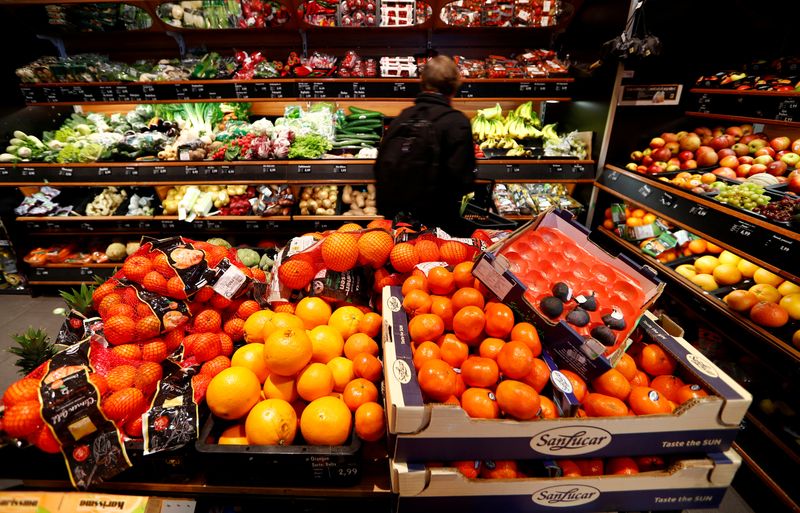BERLIN – German consumer morale is projected to deteriorate in March as a sharp increase in COVID infection rates in early February and high inflation figures overshadowed positive medium-term expectations, a survey showed on Wednesday.
The GfK institute said its consumer sentiment index, based on a survey of around 2,000 Germans, fell to -8.1 points heading into March from -6.7 points a month earlier, which had marked the first increase after two consecutive months of decline.
Analysts polled by Reuters had on average expected the index to improve to -6.3.
“Above all, the hopes for an improvement in price trends at the beginning of the year have been dashed for the time being as the inflation rate is still at a high level,” GfK consumer expert Rolf Buerkl said in a statement.
At the same time, mid-term prospects were much better as the government had decided to lift far-reaching pandemic restrictions, Buerkl said.
“This gives reason to hope that consumers’ willingness to spend will return as a result. If this were supported by a moderate increase in prices, the consumer climate could finally recover again in the long term,” the expert said.
The survey took place from Feb. 3 to Feb. 14, before the German government agreed to ease coronavirus restrictions in the spring.
MAR 2022 FEB 2022 MAR 2021
Consumer climate -8.1 -6.7 -12.7
Consumer climate components FEB 2022 JAN 2022 FEB 2021
– willingness to buy 1.4 5.2 7.4
– income expectations 3.9 16.9 6.5
– business cycle expectations 24.1 22.8 8.0
NOTE – The survey period was from Feb. 3 to Feb. 14, 2022.
The consumer climate indicator forecasts the development of real private consumption the following month.
An indicator reading above zero signals year-on-year growth in private consumption. A value below zero indicates a drop compared with the same period a year earlier.
According to GfK, a one-point change in the indicator corresponds to a year-on-year change of 0.1% in private consumption.
The “willingness to buy” indicator represents the balance between positive and negative responses to the question: “Do you think now is a good time to buy major items?”
The income expectations sub-index reflects expectations about the development of household finances in the coming 12 months.
The additional business cycle expectations index reflects the assessment of those questioned about the general economic situation in the next 12 months.
(Reporting by Zuzanna Szymanska; Editing by Miranda Murray and Nick Macfie)
